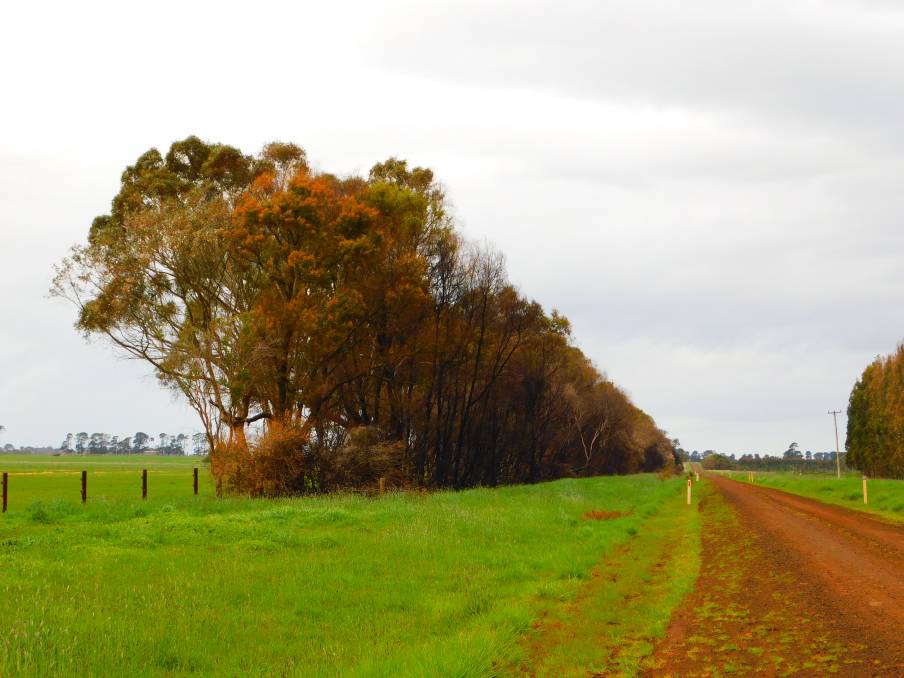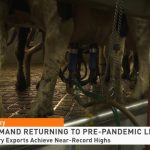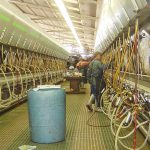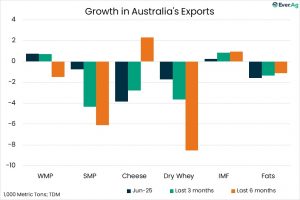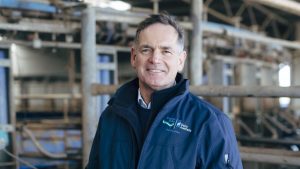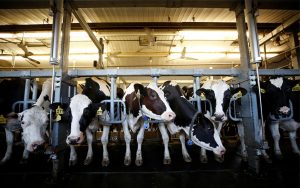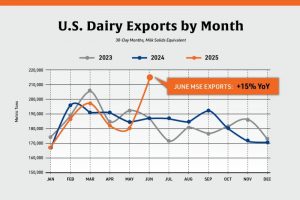
That is a cracking good result for all of those in the dairy industry, given the challenges of COVID-19. Well done.
About the same time, I noticed media reports about some terrific heat events across the globe.
A story about Canada and 49°C was a headline that caught my eye.
It reminded me of a film I made in January 2018.
I set a up a remote camera in a tree in the district around Laang, Victoria, to capture vision of what species would come to a water dish hanging high up in deep shade that got no direct sunlight.
The location had a high proportion of trees compared to other parts of the region.
On the week starting January 18, predicted heat was building and the camera showed all types of birds arriving to the dish during the day, and many mammals seeking it out at night.
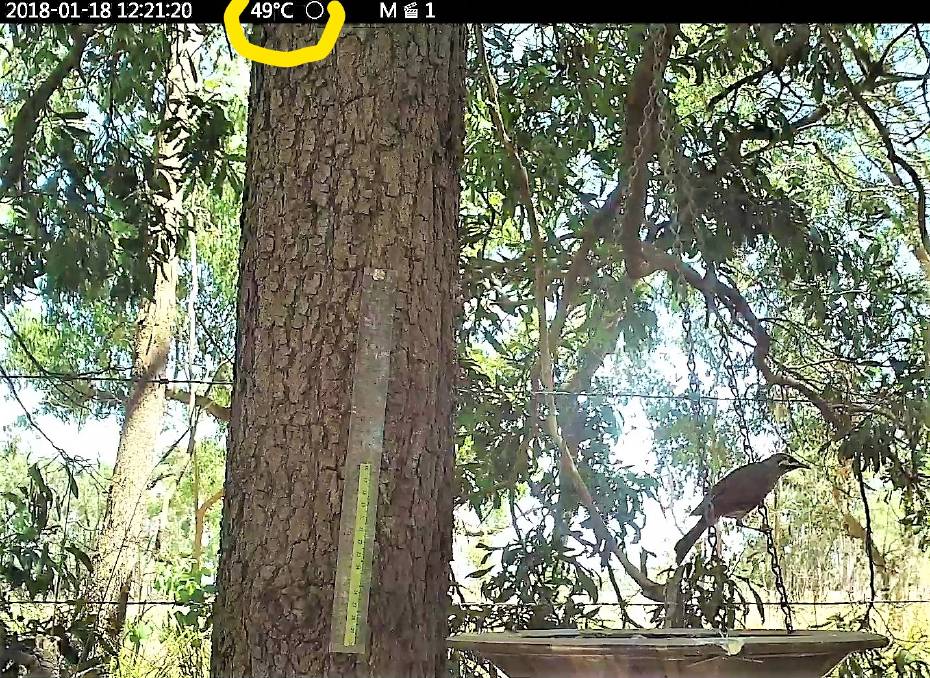
What was extraordinary was the temperature stamp on that camera in deep shade.
From 11.32am to 3.58pm, it recorded the fauna and the increasing heat driving them to the water.
Soon after midday, the temperature reached 49°C and it remained at that peak until after 2.47pm, after which it slowly dropped to 28°C at 9.50pm and held at that level throughout the night.
That rise and fall pattern repeated into the next day, and then the next. Then it repeated, again and again.
That January was the third warmest Australia has every recorded.
I put two other remote cameras nearby, just in case this was a false read. It was not.
Less than eight weeks later, I saw the approach of the Garvoc fire from my lounge room.
In the aftermath of these St Patrick’s Day fires, I met a lot of farmers who – like me – had seen them coming as the fires swept past their lives and livelihoods.
I decided I would do something practical for all farmers who wanted to know how to improve their fire preparation, and how to pay for that spend.
Insufficient preparedness for fire has deadly consequences to agriculture, and the weather drivers underpinning rural area fires in Australia are not going away.
So, back to profit.
Whatever profit a farmer predicts, they already have a mental “buy” list that might include machinery or debt repayment.
This year, to all those who are farming in Australia – not just in the dairy sector – I would like you to put a “buy” tag on a free fact sheet written by the Australian Taxation Office (ATO).
It outlines for every tax-registered primary producer in Australia what they can claim against the farm business to prepare for fire.
I helped the ATO develop it after my experiences in the wake of the St Patrick’s Day fires here.
The fact sheet is collaboration between the ATO and the Basalt to Bay Landcare Network, with advice from the Country Fire Authority in Victoria.
– Lisette Mill, Basalt to Bay Landcare Network landcare network facilitator
